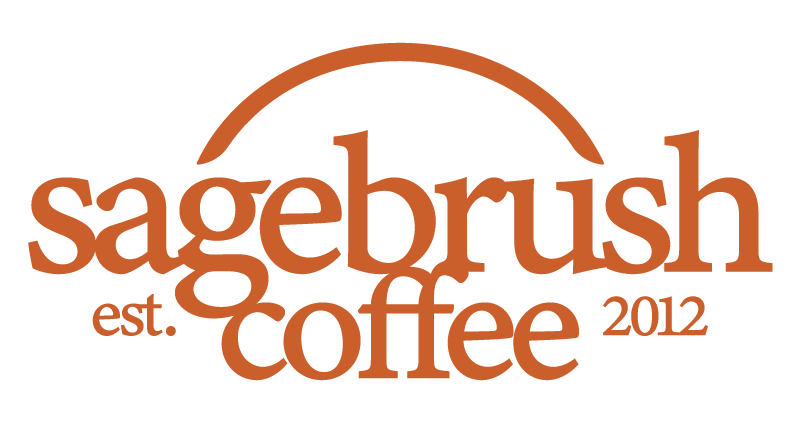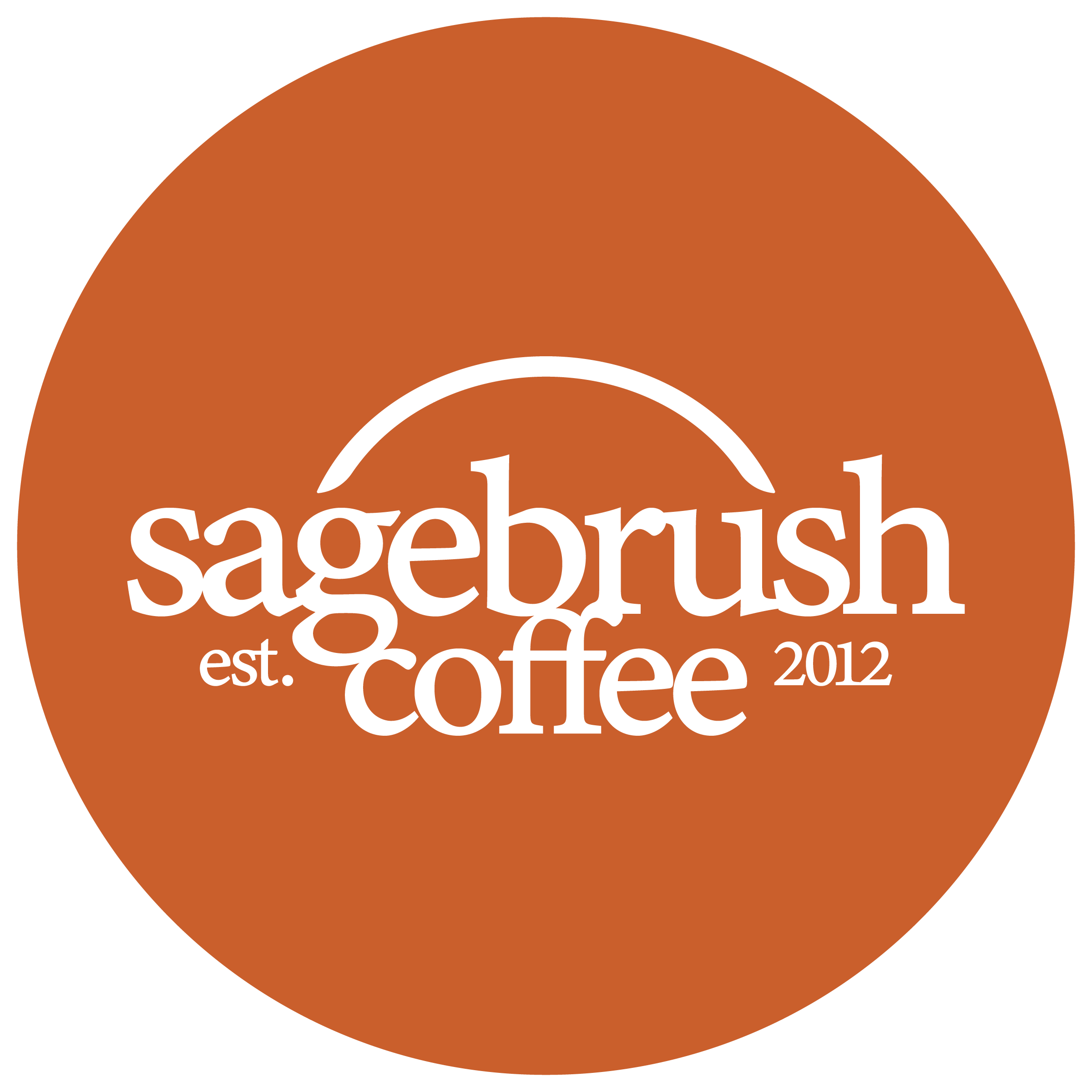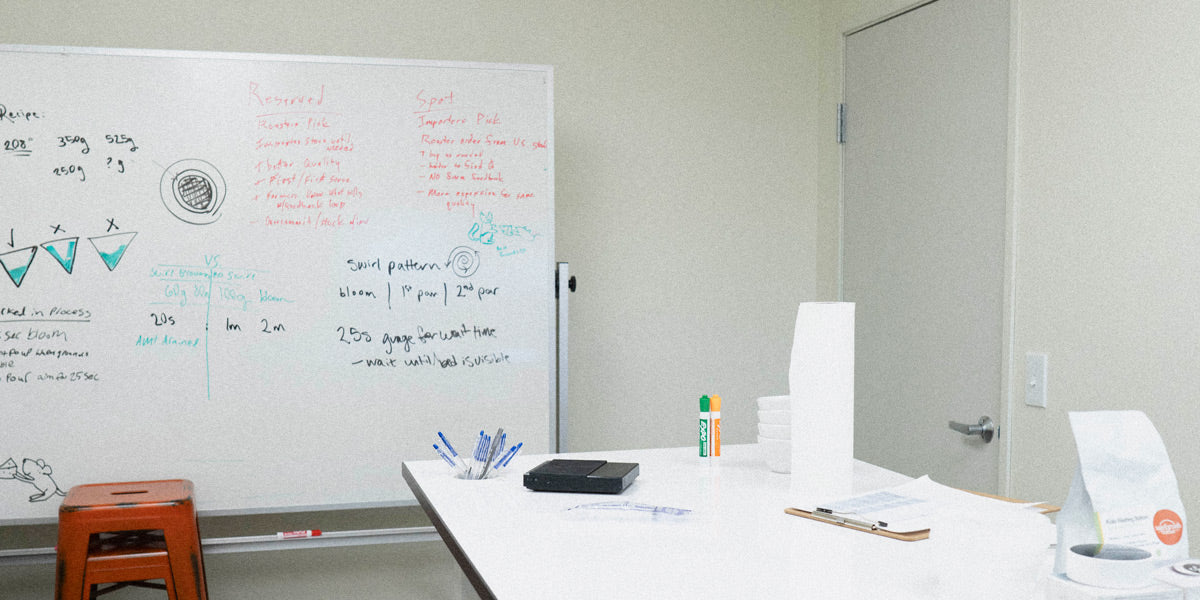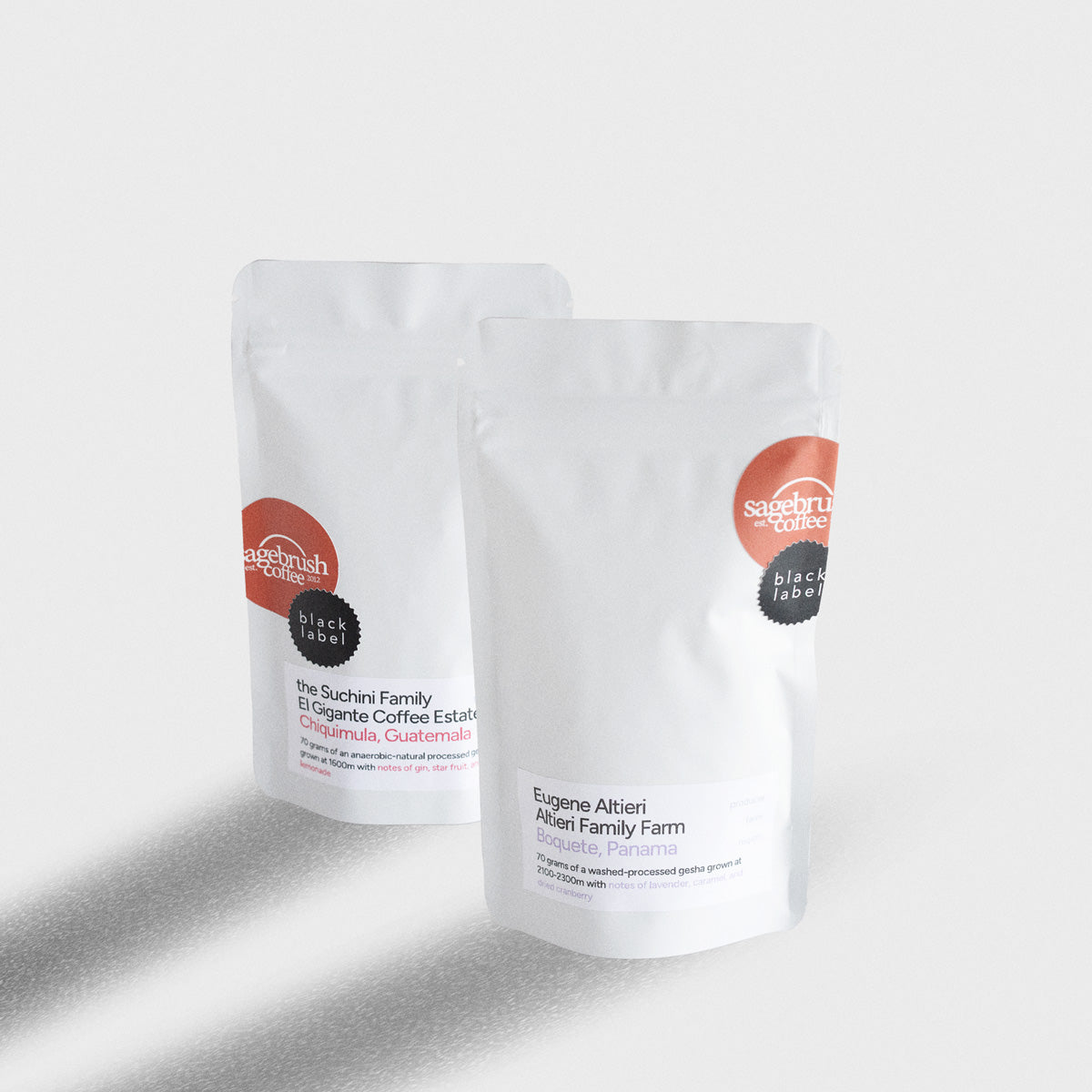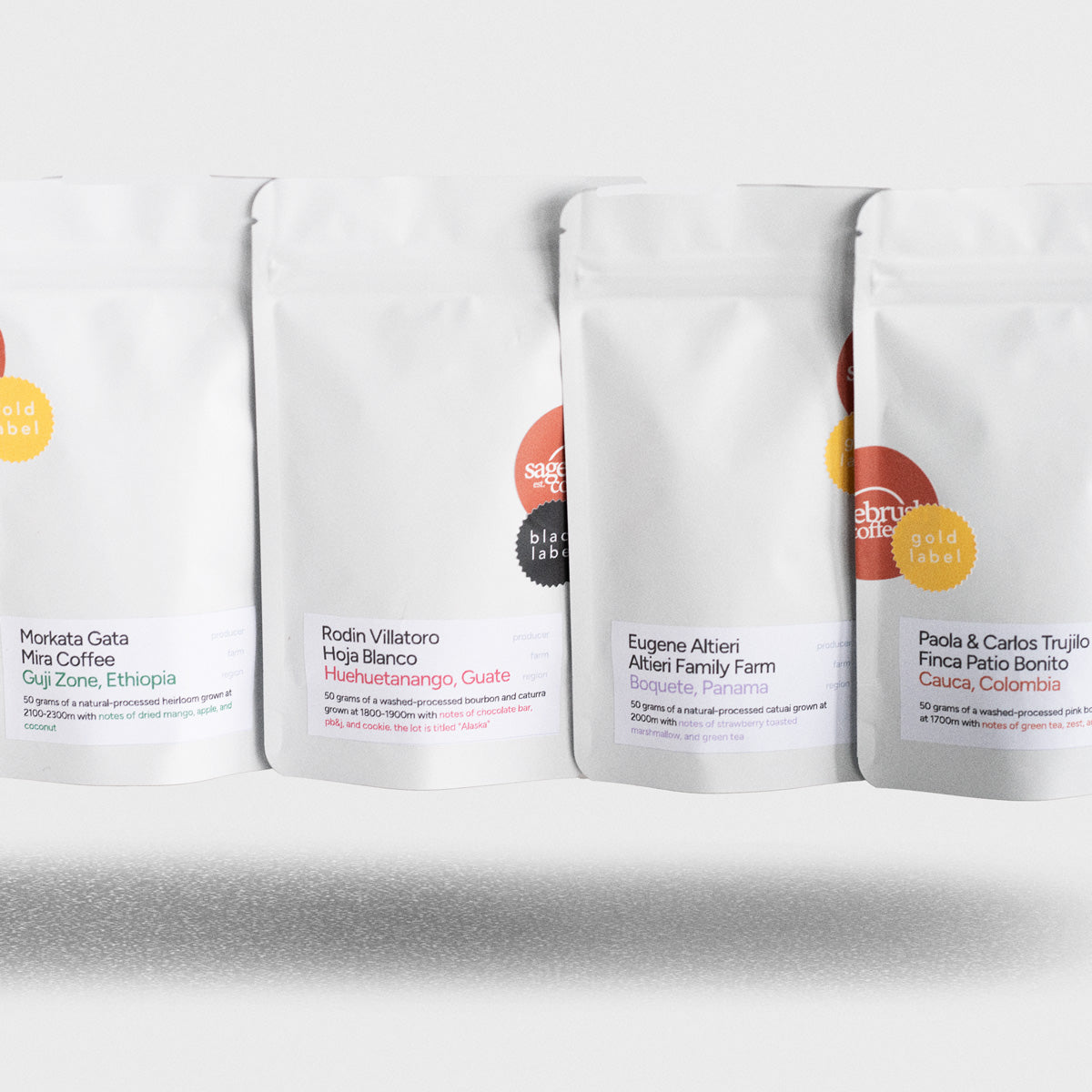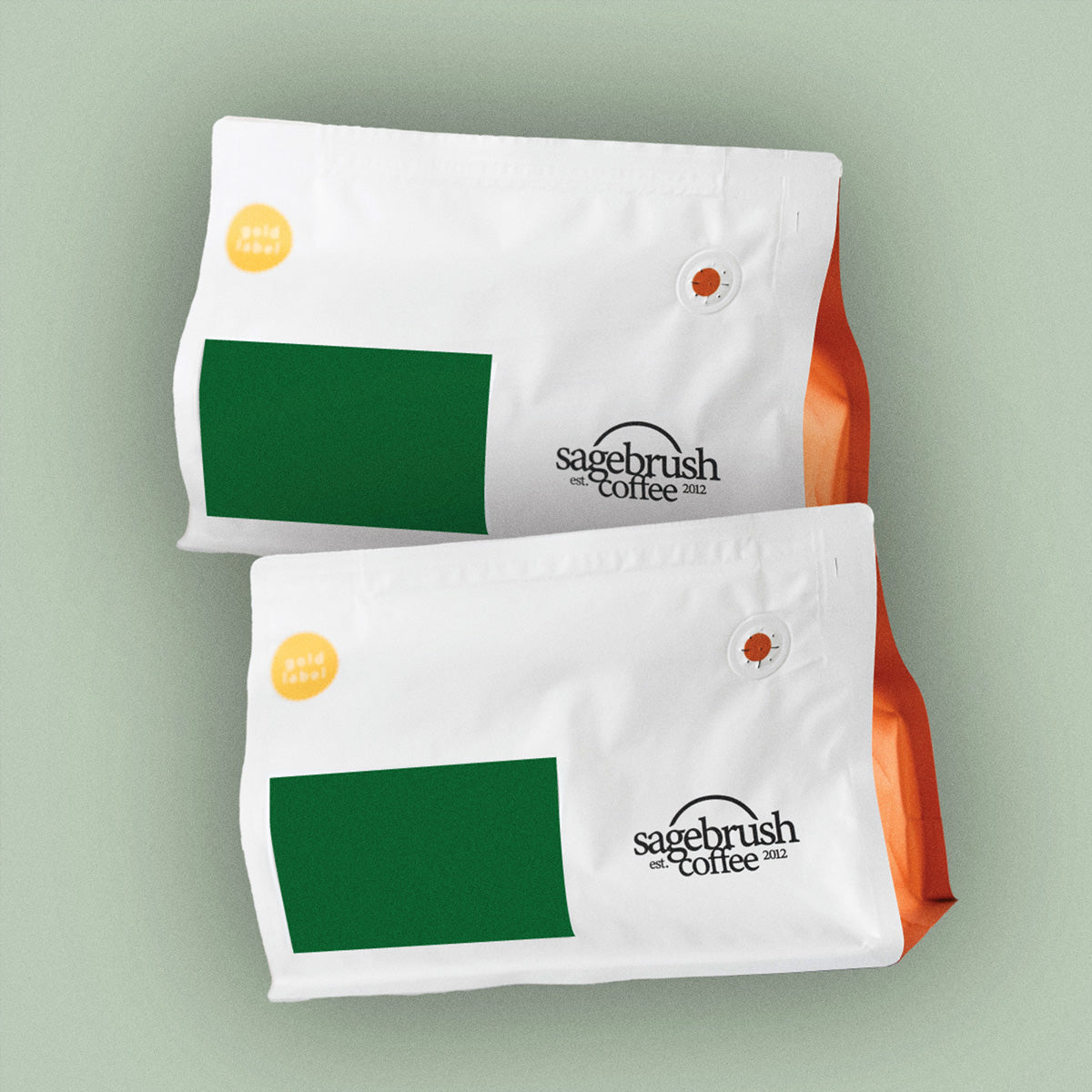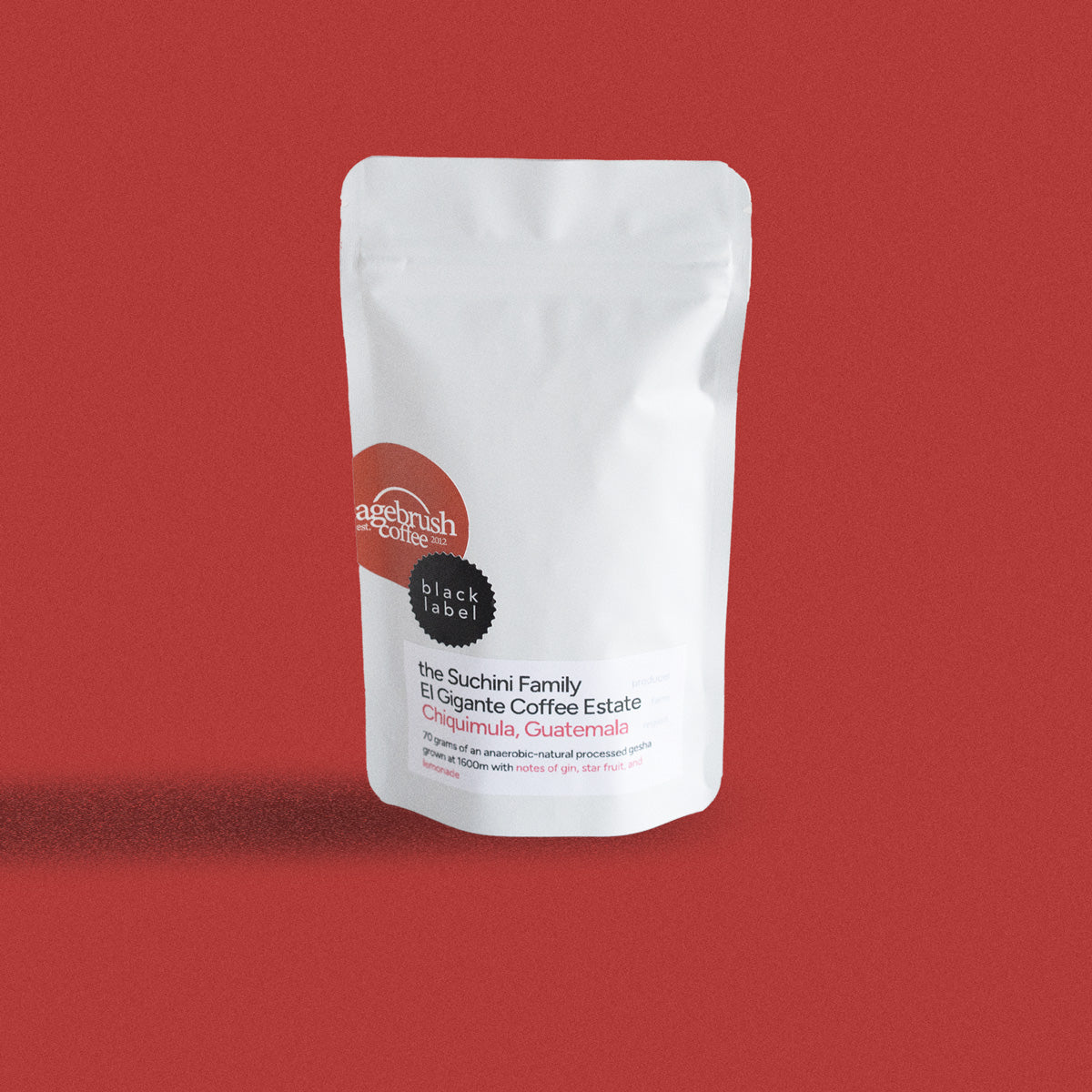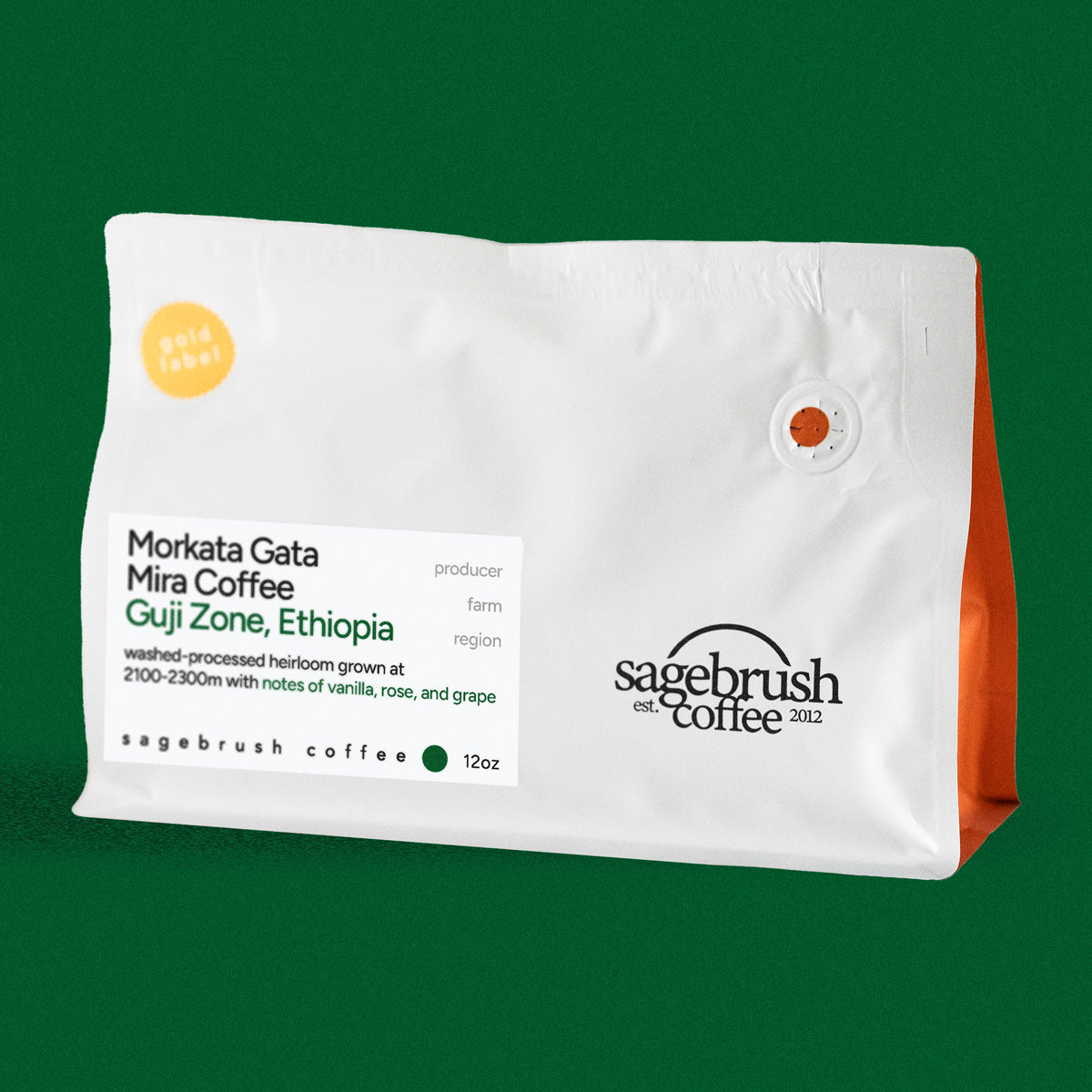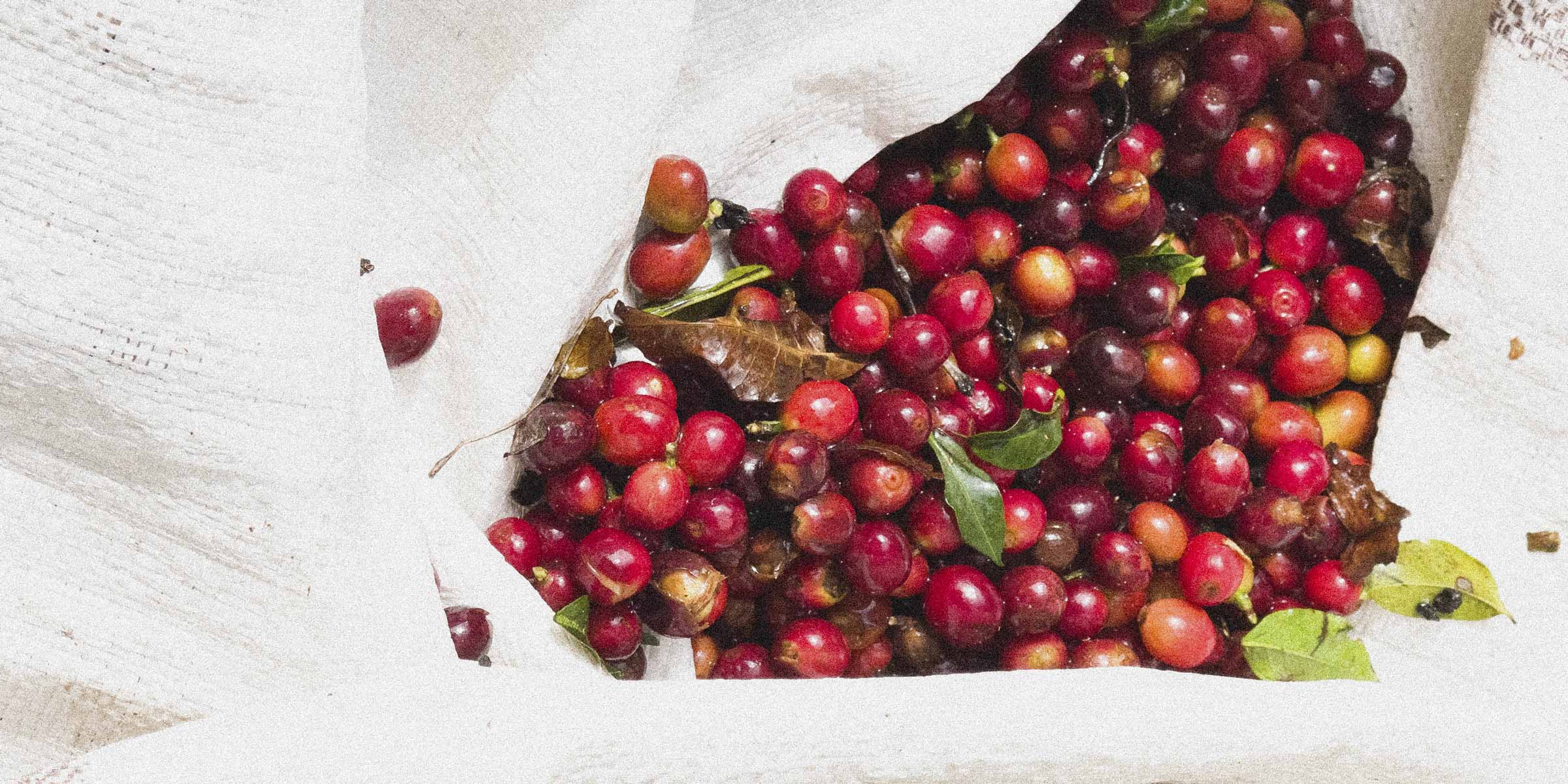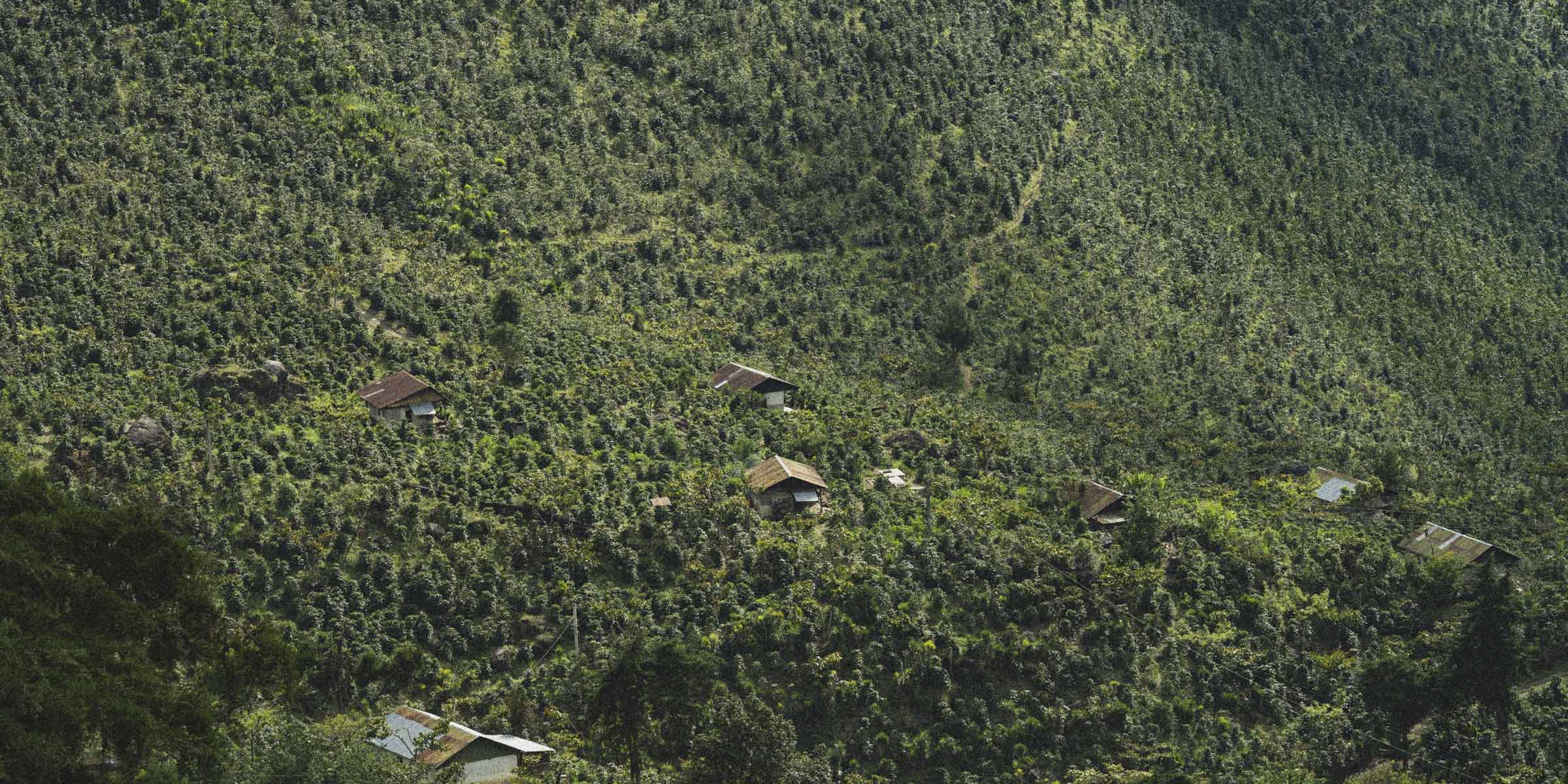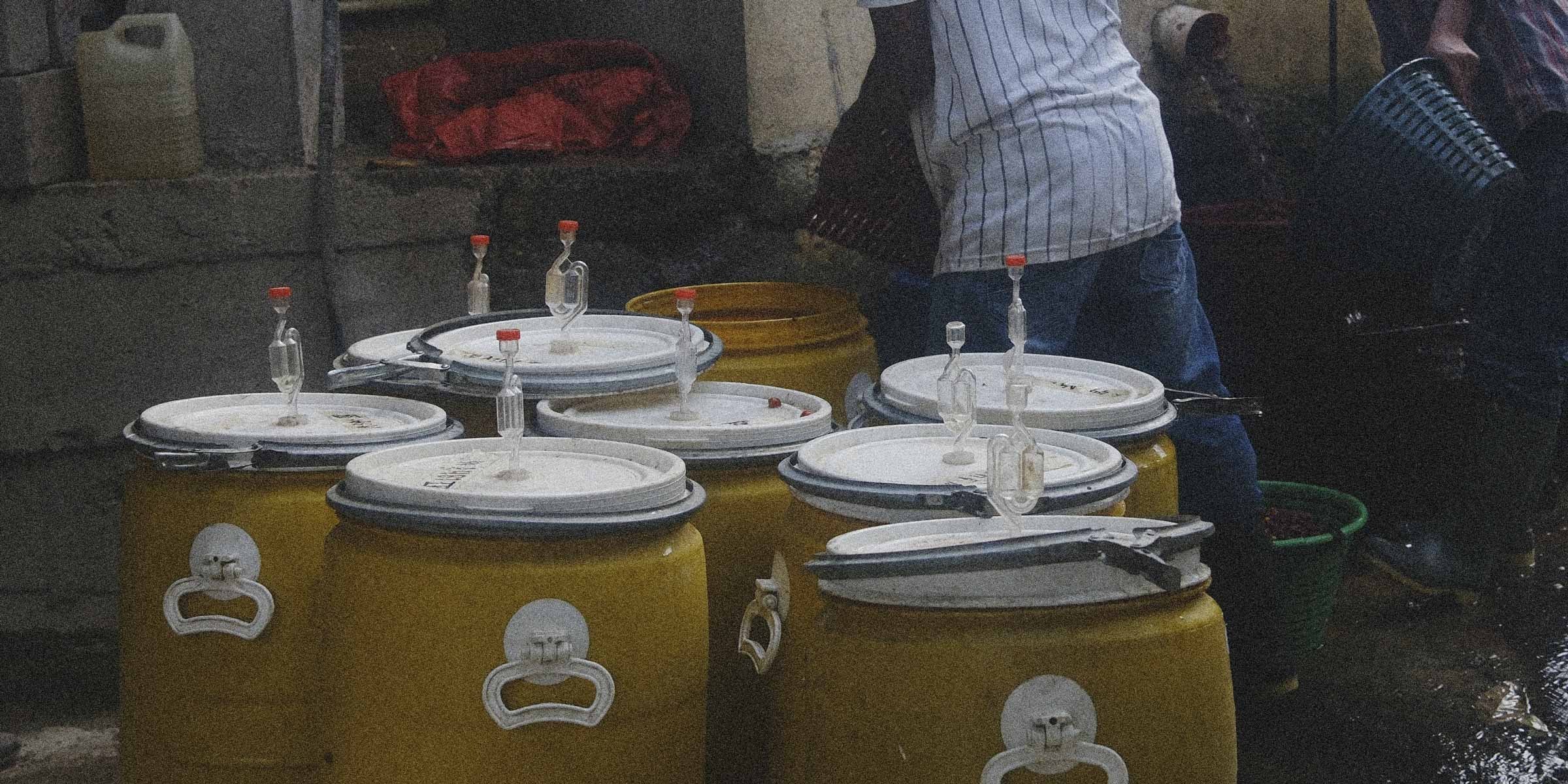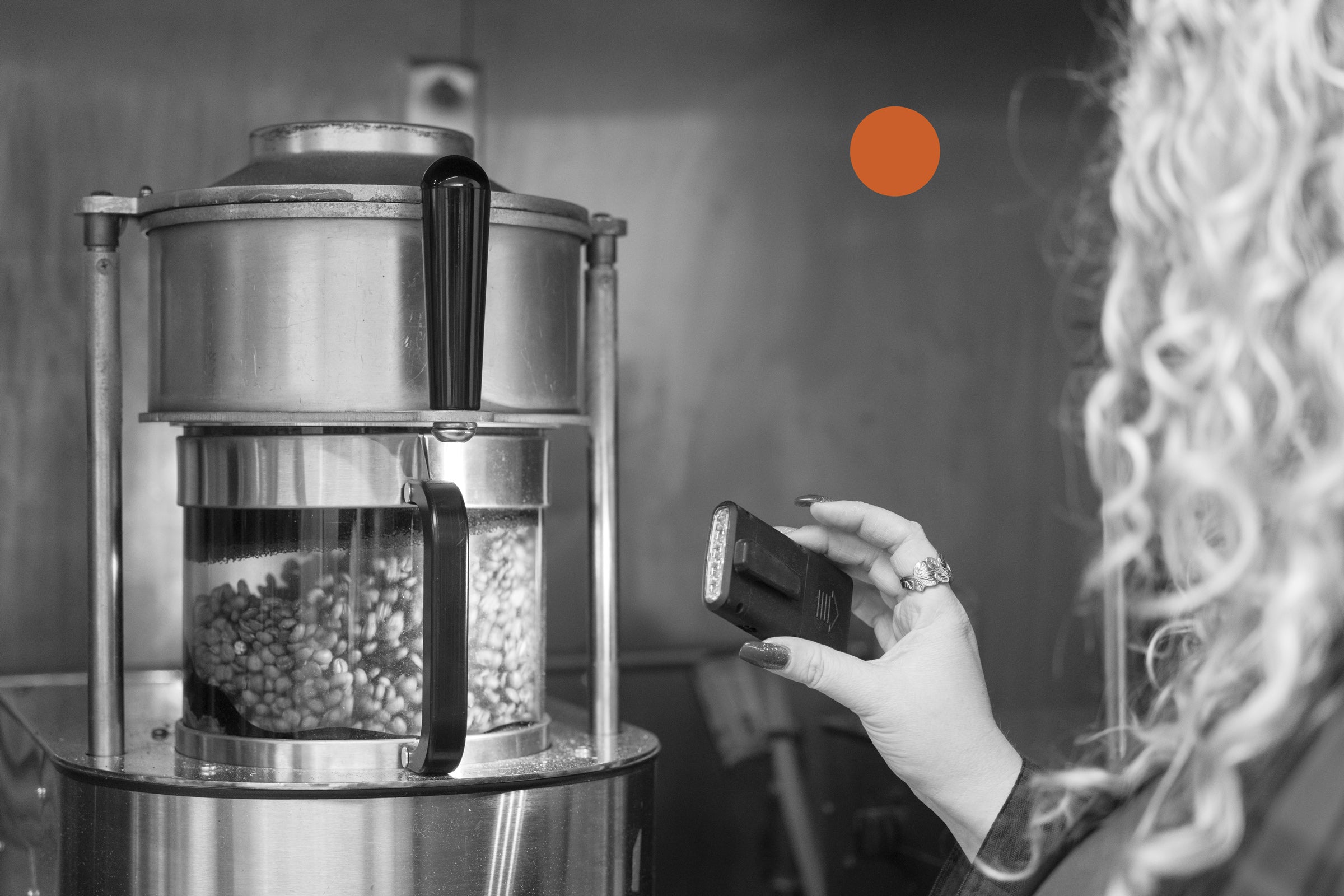
I remember it like it was yesterday. It was October of 2012 and I had my plan to start Sagebrush Coffee. I think I had a name and rough plan at that point, but it was one of 30 different business ideas I’d had just that year. That being said, the ‘almost execution’ of this business was just that; one of 30 potential businesses that was either going to become a thing or be added to the pile of ideas that never turned into anything.
With the idea on my mind, I took a guys' trip to the mountains of Colorado with two friends. I sat on the back porch of our Airbnb trying to decide if I really wanted to go after this venture. I mean, I already had a great job. I was very content with life. So why shift? Why do something else? There are 150 million coffee drinkers in the U.S., what do I have to offer them? The answer was, maybe, really good coffee. The coffee I was drinking on that back porch was pretty good. I had become the guy that brings the coffee amongst my friends. I was like so many home roasters that bought green coffee from Sweet Marias and thought I could add something to a very saturated market. I left that trip thinking, “I’m going to go after this and see what happens.” It is worth the risk, which admittedly was low at the time.
When I started Sagebrush, I didn’t have a mission statement, I didn’t have a thorough plan. I knew a few things, the first being that I loved coffee. The second being that I didn’t always like anyone else’s coffee anymore. And the third being that I was pretty good at online marketing. I figured I’d put those things together and see if I could create something out of them. I started down the path of building a coffee business with the idea that I wanted to source and sell the very best coffee I could find. This is interesting to reflect on because it shows evidence of our current mission statement in those early days.
Early Days
I’ll admit, I thought I was a coffee nerd when I first started Sagebrush. And, in many ways I was. However, I knew that if I wanted to start a coffee business, I had to become a coffee expert so I read everything I could get my hands on. Surprisingly in 2012, there wasn’t a lot written about coffee. It was a different time in the coffee industry and although the drink had been around for hundreds of years, specialty coffee was a relatively new thing.
As I started to learn about coffee, I realized there was a hole in the education space, so I decided to start writing about my new knowledge to fill that hole. We started our education section of the website and that caused a lot of growth in the business. As time went on, my goals for the business evolved. I worked hard to find the best coffees I could. I spent hours in my garage learning to roast better and better as our equipment changed. I started to connect myself to the origins of coffee more. I started to understand that Sagebrush Coffee was a small cog in a giant wheel. Not just because there were millions of coffee shops and roasters all over the world, but also because coffee roasting is really the end of a very long supply chain.
The First Big Commitment
As we grew in our understanding of coffee, our educational content on coffee grew. As that happened, our customer base grew and so did the business. In early 2015, my wife, Jenna, and I knew we couldn’t do this by ourselves forever and we needed to move out of the garage and into a bigger space. I didn’t want to roast in the garage another summer. And so, the search began. I still had a day job at this point, which would go away five years later, so I wanted to lease some space close to the house. Jenna spent countless hours calling and searching for a space. It was hard to explain to people in 2014 that we wanted to lease a space to ship coffee. “No, we’re not a coffee shop, we’re an online roaster.” That statement was met with blank stares and not a lot of support. Responses ranged from “we don’t want smoke in our space” to “that’s not a thing.” Finally, we found a space where the local manager was a home coffee roaster. He understood what we were doing and was excited to help us get started.
I missed the window of avoiding another summer in the garage, but by November 2015 we were in our first new space at Chandler Heights. We would spend five years there and bring in some great employees. We went from having my mom and sister, Zoe, helping me sticker bags on Sunday nights, to Zoe coming on as a full-time employee and helping with every aspect of the business. We added more employees in other areas of the company, but in those early days, my focus remained on two things; finding the best coffees I could and writing about what I was learning in the coffee industry. I loved it.
Five Years of a Blur
Those five years at Chandler Heights have become a blur today. I was still working a 50-hour-a-week job for most of it as an IT Director and was trying to move the business forward in my little spare time. There were times during those years when I would think about trying to quit my day job, but it wasn’t time yet and my boss, Jenna’s father, was super gracious in helping me manage the two commitments.
There are a few things that stand out during this time. First, this had really become a family business. My youngest two kids, Noah and Eden, were helping wherever they could and Saturdays had become a family day at the shop. We all had our roles and we would get those shipments out as quickly as we could. My oldest son, Jonathan, was helping a lot with our image and design and as he learned about design, the ‘face’ of Sagebrush became clearer. Another thing that stands out during this time is that my understanding of the coffee industry grew significantly. We used primarily one single source for importing coffee. I wasn’t yet ready to go directly to origin but was very involved in the direct trade supply chain. Early on, my original importer was great and I relied on him heavily. But as all businesses evolve, we were moving in different directions. I was starting to formulate our mission in my head, about putting on display the hard work of the producers in our coffee beans, but this importer wasn’t on the same page. His focus was elsewhere and so I knew it was time to go. I started building relationships with others in the coffee industry and found a niche of people and places where I could get great beans from. This was so important to what we are today, but as with many things, I didn’t realize it at the time.
In the middle of 2019, I knew my days of working two jobs were numbered. Jenna’s dad and I had adjusted my schedule as the IT Director to make more room for my growing coffee business but it wasn’t enough. I was at a point where I had to either shut down Sagebrush and call it a fun seven-year experience or go all in. So, I gave notice and started transitioning out of my other job. That transition took longer than we expected for reasons that deserve an entire seperate blog post, but the end of the story is that my last day at Spencer’s TV & Appliance was April 1, 2020. Something else happened around that time as well.
Moving to Full Time & The Year of COVID-19
In the last weeks of my job at Spencer’s TV & Appliance my replacement said, “I think this COVID-19 thing is going to be a big deal, are you sure you want to leave a secure company right now?” He was gracious enough to offer me my old job back as I was walking out the door, but I knew if I did there would always be a reason to look back. I had to go for it. Man, was that a decision made in ignorance! Ignorance of what COVID-19 would become and thankfully ignorance of what COVID-19 would do for Sagebrush.
I know the pandemic was a difficult time for many. Businesses went under all over the place and I, as many of you did, lost loved ones to the virus. However, for Sagebrush it created a huge boom. Coffee shops, and many other businesses, all over the country shut down and people were sent home. This created time for people to research things they love and surf the internet. As many businesses were moving online, Sagebrush was already there. We grew at rates no business should grow. It was a blessing to be full-time in those moments.
This immediate growth was a place for opportunity. I was able to take another step towards building relationships with coffee origins when so many companies were losing them. We jumped on some amazing coffees and our Black Labels were born. Not only did this time give us an opportunity to grow the business in volume, but the important part was we finished developing our mission well. We moved to our current location on Warner Road and were ready to lean into what we felt we did well. That was when we hired Karla to help us write more blogs and the business grew, not just in sales, but in who we were as a company. Having a side business is great, but until you’re fully invested in the business it will always just be a side business. The year of COVID-19 was when I believe Sagebrush came into its own.
The Coffee Shop & Today
I remember sitting in our offices and brainstorming with Jonathan about where we wanted to go as a business. He told me we were putting the cart before the horse and asked what our mission was. I let my rebellion against corporate jargon rule me and said, “We don’t have a mission, I just want to get out of the way of the producers and showcase their amazing coffee.” So, he wrote on the whiteboard, “Mission: Put on display the hard work of the producers in our coffee” and then said, “great, we can do that in a coffee shop.”
As my understanding of coffee grew, I knew that a coffee roaster spends about 15 minutes on a batch of coffee, whereas a producer spends an entire crop season on it. I wanted my roasting practices to not focus on what I can add to the coffee, but to focus on what we can showcase that is already there. That is honestly why most of our roasts seem so similar. We’ve found a series of roasting curves that can apply to many coffees. We then cup them, tweak them a little, and run with them.
When we opened the coffee shop, we wanted to focus on the same thing that made our online business what it is today. We’re committed to making some of the best-brewed coffee available to our customers, but we want to take that a step further and showcase the producers wherever we can. This year has exemplified that. Now that COVID-19 restrictions are down, we made two trips to origin and it was huge for my education of coffee. We’re now able to get better coffees with better connections to the origins. In fact, I sent an email to a producer this week telling him about how his coffees cupped against some incredible auction lots that we had. It was great to have that connection and he was excited to hear about how his hard work was showcasing itself in the U.S.
We aren’t exactly a family playing settlers while a little home roaster roasts beans on the stove anymore, but we’re still a family doing what we love and putting on display the hard work of the producers in our coffee. As much as this company has changed, I still just want to find great coffee and sell it to people that love it as much as I do.
